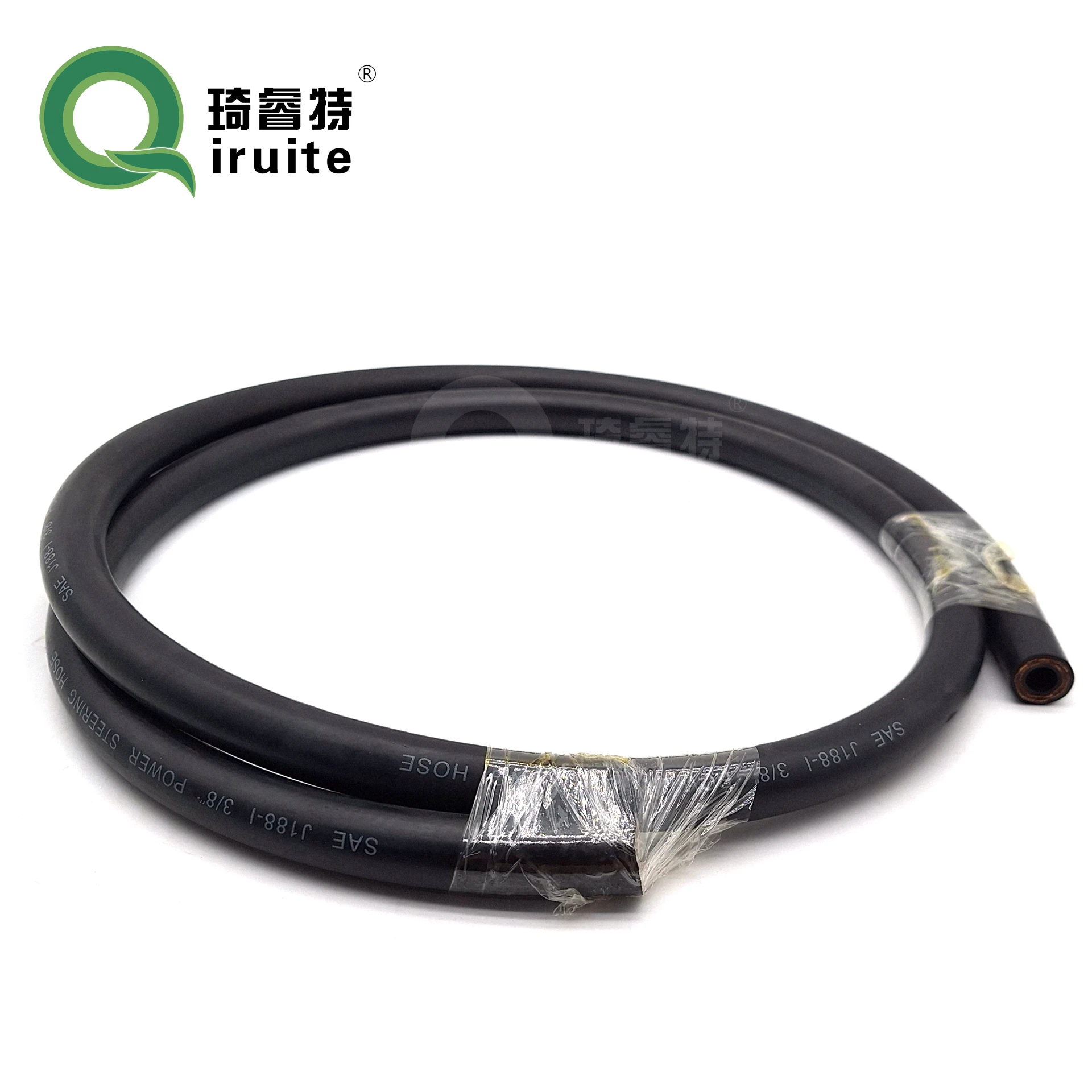Air Conditioning Ducting and Piping Systems for Optimal Cooling Efficiency and Performance
Understanding Air Conditioning Pipework A Key Component of HVAC Systems
Air conditioning is an essential component of modern buildings, ensuring comfort and air quality in both residential and commercial environments. At the heart of any effective air conditioning system lies its pipework. The layout, material, and maintenance of air conditioning pipework significantly affect the overall efficiency, longevity, and functionality of the HVAC system. This article will delve into the importance of air conditioning pipework, the types involved, and best practices for installation and maintenance.
The Role of Pipework in Air Conditioning Systems
Air conditioning systems operate by transferring heat from the indoor environment to the outside. To achieve this, they rely on a series of pipes that facilitate the movement of refrigerant—a fluid capable of absorbing and releasing heat as it circulates. The pipework is responsible for transporting the refrigerant between the various components of the air conditioning system, including the compressor, evaporator, and condenser.
Effective pipework ensures optimal refrigerant flow, which is crucial for maintaining the cooling capacity of the system. If the pipes are too narrow or clogged, the refrigerant cannot flow freely, leading to decreased efficiency and increased energy consumption. Therefore, proper design and installation of air conditioning pipework is vital to ensure that the system operates smoothly and efficiently.
Types of Air Conditioning Pipework
Air conditioning pipework can be categorized based on the type of refrigerant it carries and the material used in construction. The most common types of refrigerant pipes are
1. Liquid Lines These pipes transport the refrigerant in its liquid state from the condenser to the evaporator. They are typically made from copper or aluminum or use specialty plastic materials designed for insulation.
2. Suction Lines Once the refrigerant heats up and turns into a gas in the evaporator, it flows back to the compressor through the suction line. This pipe is generally larger in diameter than the liquid line to accommodate the gaseous refrigerant and is often insulated to prevent heat gain.
3. Drainage Pipes Besides refrigerant lines, air conditioning systems also include drainage pipes that carry away condensate formed during the cooling process. These are usually made from PVC or other non-corrosive materials.
4. Ventilation Ducts Although not traditional pipework, ventilation ducts work in conjunction with air conditioning systems to distribute cooled air throughout the building. Proper duct design is crucial for maximizing airflow and minimizing energy loss.
Material Choices for Pipework
The choice of materials for air conditioning pipework is critical and typically includes
air conditioning pipework

- Copper Highly favored for its durability, corrosion resistance, and excellent thermal conductivity, copper pipes are often used for both liquid and suction lines.
- Aluminum Lightweight and resistant to corrosion, aluminum is gaining traction in some applications, particularly for residential HVAC systems due to its lower cost compared to copper.
- PVC and PEX These plastic materials are commonly used for drainage and venting purposes due to their resistance to corrosion and ease of installation.
While selecting materials, it's important to consider the specific requirements of the air conditioning system, local building codes, and the environment in which the system will be installed.
Best Practices for Installation and Maintenance
To ensure that air conditioning pipework functions optimally, several best practices should be observed
1. Proper Sizing The diameter of the pipes should be correctly sized based on the system's capacity and layout. Oversized or undersized pipes can lead to inefficiencies and increased operational costs.
2. Minimize Bends and Joints Sharp bends and excessive joints in piping can restrict refrigerant flow and lead to leaks. Design the layout to minimize these restrictions wherever possible.
3. Insulation Insulating suction lines and drain pipes helps prevent condensation and heat gain, enhancing overall system performance.
4. Regular Maintenance Routine inspections should be conducted to identify any leaks, corrosion, or blockages. Regular cleaning of drain lines helps prevent clogs that could cause water damage.
5. Professional Installation Engaging qualified professionals for installation and maintenance ensures that all components are correctly fitted and comply with industry standards.
Conclusion
Air conditioning pipework is a fundamental aspect of an effective HVAC system. By understanding its components, material choices, and maintenance practices, homeowners and building managers can enhance the efficiency and longevity of their air conditioning systems. Proper pipework not only ensures comfort but also contributes to energy savings and improved indoor air quality. As technology progresses, further innovations in materials and designs will continue to shape the future of air conditioning, making it increasingly efficient and sustainable.
-
Ultimate Spiral Protection for Hoses & CablesNewsJun.26,2025
-
The Ultimate Quick-Connect Solutions for Every NeedNewsJun.26,2025
-
SAE J1401 Brake Hose: Reliable Choice for Safe BrakingNewsJun.26,2025
-
Reliable J2064 A/C Hoses for Real-World Cooling NeedsNewsJun.26,2025
-
Heavy-Duty Sewer Jetting Hoses Built to LastNewsJun.26,2025
-
Fix Power Steering Tube Leaks Fast – Durable & Affordable SolutionNewsJun.26,2025

